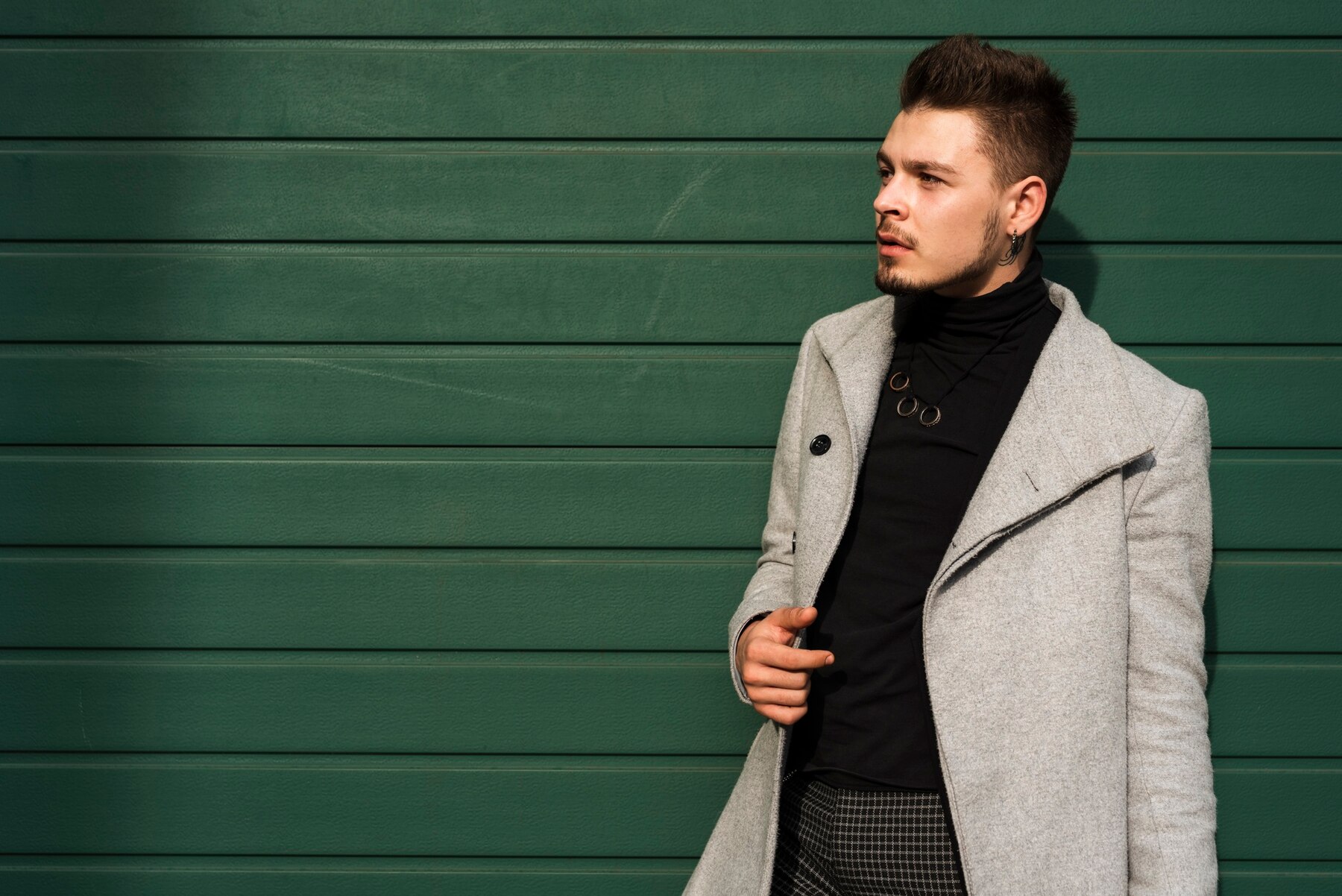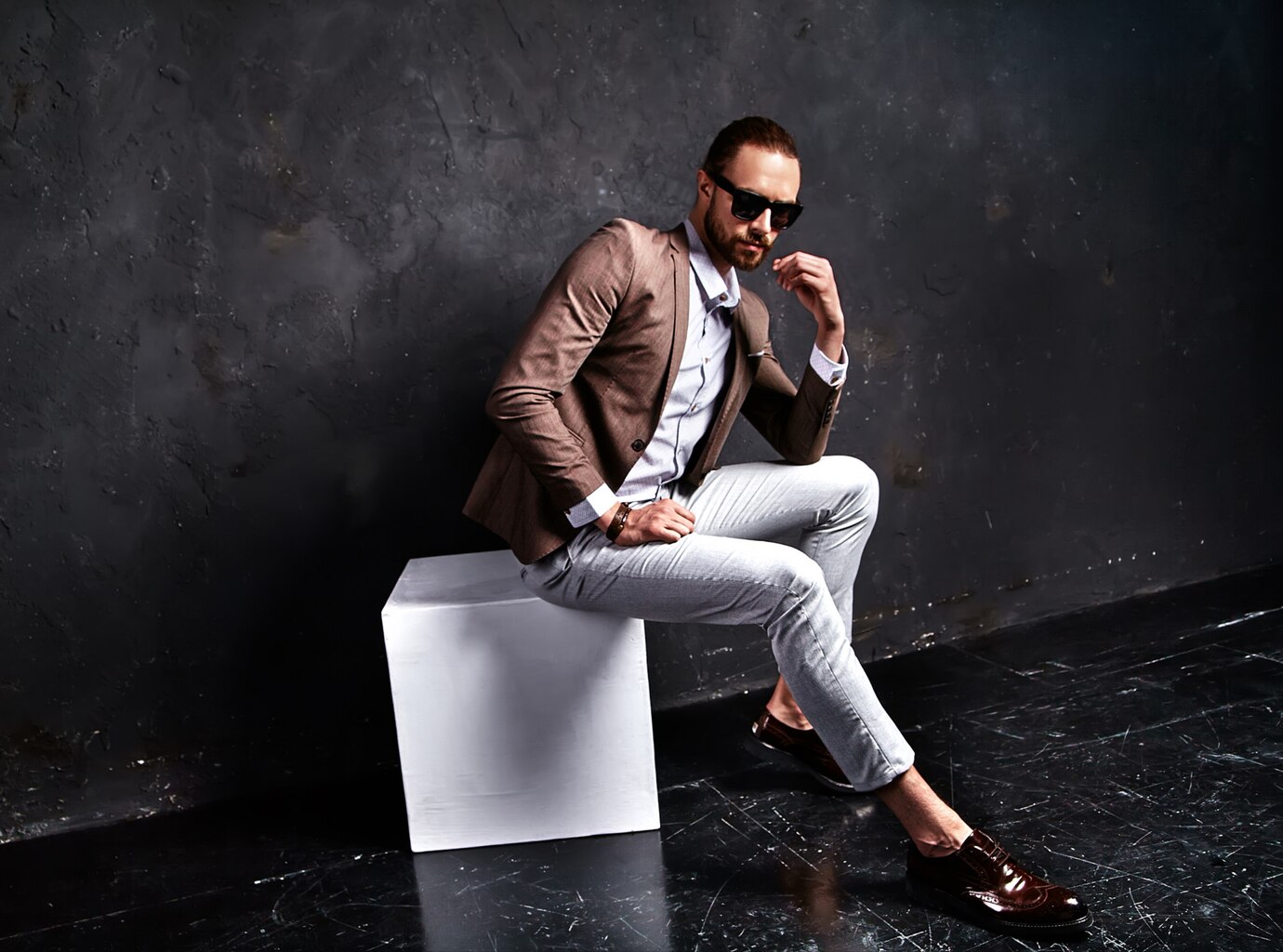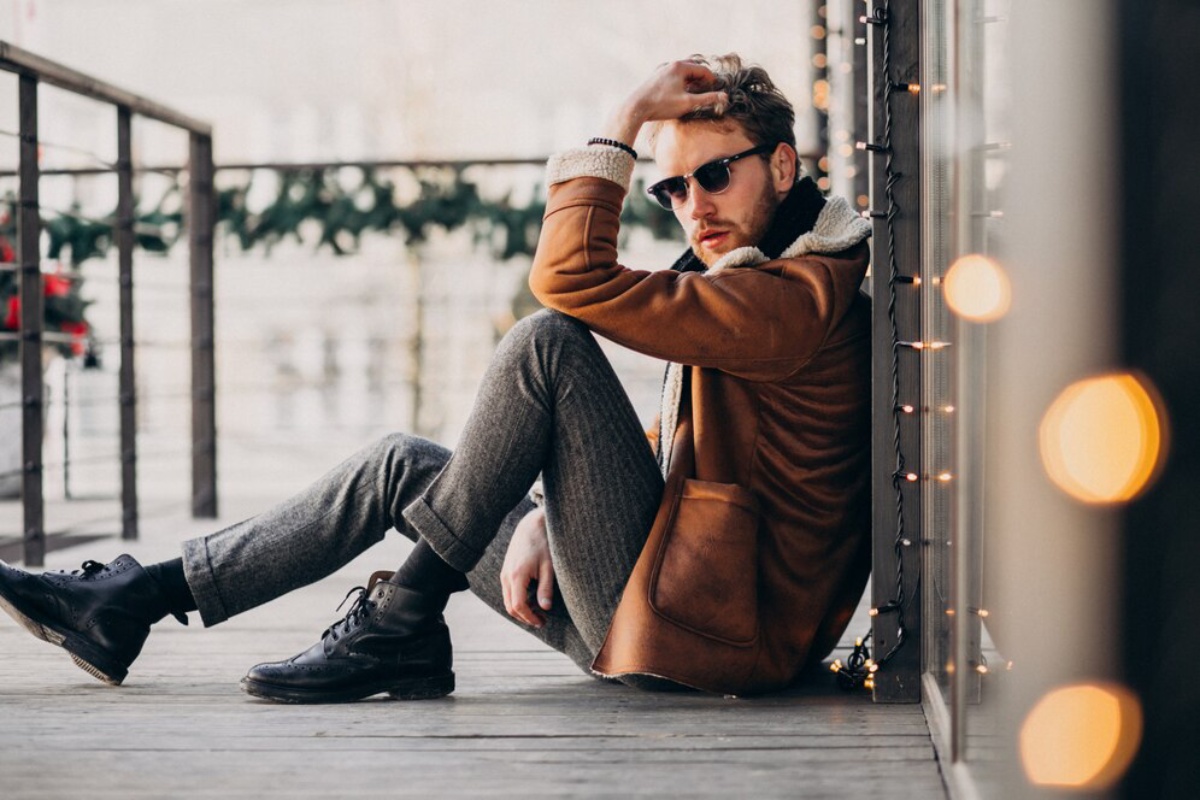
How to Spot Fake Designer Items: A Buyer’s Guide
In the world of luxury fashion, authenticity is everything. Designer items aren’t just about labels—they’re about craftsmanship, heritage, and status. But in a market flooded with counterfeits, it’s essential to distinguish between the real and the fake. This guide provides step-by-step insights to help you identify genuine designer pieces and protect your investment.
Pro Tip: Always compare the item you’re purchasing with official product images from the brand’s website. Pay close attention to details like stitching, hardware, and logo placement to spot any discrepancies.
Quick Guide
- Research the Brand: Know the brand’s signature styles, logos, and materials.
- Examine the Materials: Authentic items use premium materials like genuine leather and fine fabrics.
- Inspect Craftsmanship: Look for precise stitching and sturdy, branded hardware.
- Verify Logos & Branding: Check for consistency with official images.
- Check Packaging: Authentic items come with high-quality packaging and authenticity cards.
- Use Technology: Scan QR codes, RFID tags, or holograms to confirm authenticity.
Important: Buy from trusted sources like official boutiques, high-end department stores, or certified resale platforms (e.g., The RealReal).
Why Authenticity Matters in Designer Fashion

Authentic designer fashion goes beyond aesthetics. It embodies quality, ethical standards, and lasting value. Understanding why authenticity matters helps you make informed decisions when purchasing high-end items. So, it’s important for every fashion lover or collector to spot fake luxury items.
1. Quality and Craftsmanship
- Genuine designer items boast superior quality and meticulous craftsmanship.
- Brands use the finest materials and expert artisans to ensure durability and timeless elegance.
- Counterfeits, by contrast, lack the finesse and precision that define authentic pieces.
2. Investment Value
- Designer fashion is often appreciated in value.
- Limited editions and iconic collections can become highly sought after, commanding premium prices at resale.
- Counterfeit items, however, hold no such potential.
3. Ethical Considerations
- Buying authentic items supports ethical manufacturing practices.
- Many counterfeit goods come from unethical factories with poor labour conditions.
- Opting for genuine items promotes sustainability and fairness in the fashion industry.
Step-by-Step Guide to Authenticating Designer Items
Spotting a fake requires a keen eye and knowledge of key indicators. Follow these steps to verify authenticity and ensure your purchase is genuine.
Step 1: Research the Brand
- Study the brand’s history, signature styles, and defining features.
- Learn about specific logos, stitching patterns, and hardware designs.
- Familiarise yourself with official product images from the brand’s website.
Step 2: Examine the Materials
- Authentic items use high-quality materials such as genuine leather and fine fabrics.
- Check the texture, weight, and scent. Genuine leather is soft with a distinct smell, while fake leather often feels stiff and smells of chemicals.
- Inspect the fabric’s weave and finish for consistency.
Step 3: Inspect the Craftsmanship
- Look for even, precise stitching with no loose threads or uneven seams.
- Examine hardware such as zippers and buttons. Genuine hardware is sturdy and often engraved with the brand’s logo.
Step 4: Verify the Logo and Branding
- Compare the logo’s font, size, and spacing with official brand images.
- Pay attention to any misalignments or colour discrepancies.
- Check for consistency across the item’s branding elements.
Step 5: Check the Packaging
- Authentic items come with high-quality packaging, including branded dust bags, boxes, and authenticity cards.
- Inspect the packaging for any inconsistencies in logo placement, print quality, or material.
Step 6: Use Technology
- Many brands incorporate technology such as QR codes, RFID tags, and holograms for verification.
- Scan these elements with a smartphone to confirm authenticity.
Best Places to Buy Genuine Designer Wear

To minimise the risk of purchasing counterfeit items, buy from reputable sources. Here’s where to find authentic designer fashion:
1. Official Brand Boutiques
- Purchasing directly from a brand’s boutique or official website ensures authenticity.
- Items come with original packaging, authenticity cards, and warranties.
2. High-End Department Stores
- Stores like Harrods and Selfridges in the UK stock authentic designer brands.
- These stores have strict quality control measures and return policies.
3. Trusted Online Retailers
- Platforms such as Net-a-Porter, Farfetch, and MatchesFashion guarantee genuine items.
- They offer detailed information on the provenance of each product.
4. Certified Resale Platforms
- Use reputable resale platforms like Vestiaire Collective and The RealReal for pre-owned designer items.
- These platforms employ experts to authenticate each item before listing.
Additional Expert Tips & Common Mistakes to Avoid
Avoid falling victim to counterfeit scams by following these expert tips:
Expert Tips
- Compare with Official Images: Always compare the item with reference images from the brand’s website.
- Check Serial Numbers: Many designer items include unique serial numbers or hologram tags. Verify these codes with the brand’s official records.
- Use Authentication Services: Consider using professional authentication services for high-value items.
Common Mistakes to Avoid
- Falling for Unrealistic Deals: If a price seems too good to be true, it probably is. Authentic designer items rarely sell at significant discounts.
- Ignoring Packaging Details: Low-quality packaging can be a red flag. Check for inconsistencies in logos, print quality, and materials.
- Buying from Unverified Sellers: Avoid online sellers who refuse to provide additional photos or item details.
Frequently Asked Questions (FAQs)
1. How can I tell if a designer item is authentic?
To verify authenticity, examine the materials, stitching, hardware, and logo placement. Compare the item with official images from the brand’s website. Use technology such as QR codes or RFID tags when available.
2. Are pre-owned designer items a safe investment?
Yes, but only if purchased from certified resale platforms like Vestiaire Collective or The RealReal. These platforms authenticate each item, ensuring that buyers receive genuine products.
3. Is it safe to buy designer items from online retailers?
Yes, as long as you purchase from trusted platforms such as Net-a-Porter, Farfetch, or MatchesFashion. Always read reviews and confirm the retailer’s authentication practices.
4. What should I do if I suspect I’ve bought a fake item?
If you suspect you’ve purchased a counterfeit, contact the seller immediately to request a refund. Consider reporting the seller to the appropriate authorities or platform to prevent further fraudulent sales.
5. Are counterfeit items always easy to spot?
Not always. Some counterfeits are highly sophisticated and require careful inspection. This is why researching the brand and using professional authentication services is essential.
Conclusion: Protect Your Investment in Designer Fashion

Authenticity is the cornerstone of luxury fashion. Understanding how to distinguish between real and counterfeit items empowers you to make informed purchases. By investing in genuine designer pieces, you uphold quality, craftsmanship, and ethical practices.
As you stride through the dazzling world of high-end style, remember that authenticity is the golden key to true luxury. Follow this guide, purchase from trusted sources, and you’ll build a collection that reflects both sophistication and integrity.


